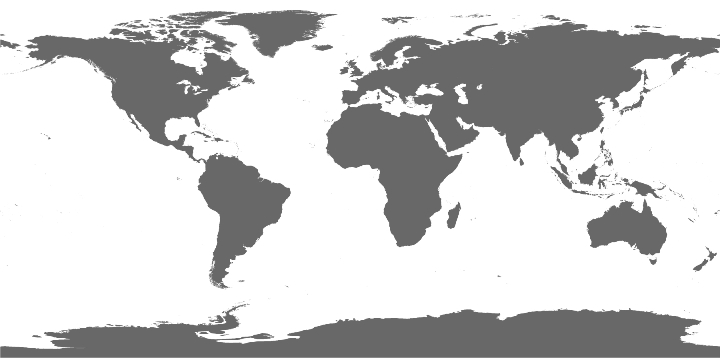Dataset 597
UK Environmental Change Network (ECN) moth data: 1992-2015
Realm: Terrestrial
Climate: Temperate
Biome: Multiple Central latitude: 53.683443
Central longitude: -3.157846
Duration: 24 years, from 1992 to 2015
Climate: Temperate
Biome: Multiple Central latitude: 53.683443
Central longitude: -3.157846
Duration: 24 years, from 1992 to 2015
144643 records
548 distinct species
Across the time series Orthosia gothica is the most frequently occurring speciesMethods
A standard Rothamsted light trap (Williams 1948), which requires a continuous power supply, is used. The light trap should be sited so as to be convenient for daily emptying. Its location should be as near as possible to the target sample site but will often be near to laboratories, houses or farms, where help from the occupants can sometimes be enlisted; this is likely to be the only possibility for remote sites, because of the need for a continuous power supply. The trap should be sheltered by vegetation if possible and ideally placed further than 20 m from artificial light sources. The Rothamsted Insect Survey (RIS) light trap (Williams 1948) consists of a stand approximately 1.2 m in height which supports the light source and trap. The overall height is approximately 1.5 m and the trap and stand are approximately 0.6 m in width and depth.The light source is a 200 watt, clear, tungsten lamp powered by mains electricity. For safety, the supply is protected by a trip switch or Residual Current Device (RCD). The lamp is switched on at dusk and off at dawn each day by an automatic solar dial time-switch which self-adjusts for seasonal variation in daylength.Ideally, traps are emptied daily throughout the year but if this is not possible samples should be accumulated, for example at weekends. Currently samples are posted to Rothamsted for identification, unless local expertise is available. All data are lodged in the Rothamsted Insect Survey's existing database as well as in the ECN database. For large sites it is desirable to run more than one trap if suitable operators can be found. Detailed instructions for trap operators are given in Appendix I.Citation(s)





















.
In (Eds.),
(p. ).
:
.
,
(),
.



